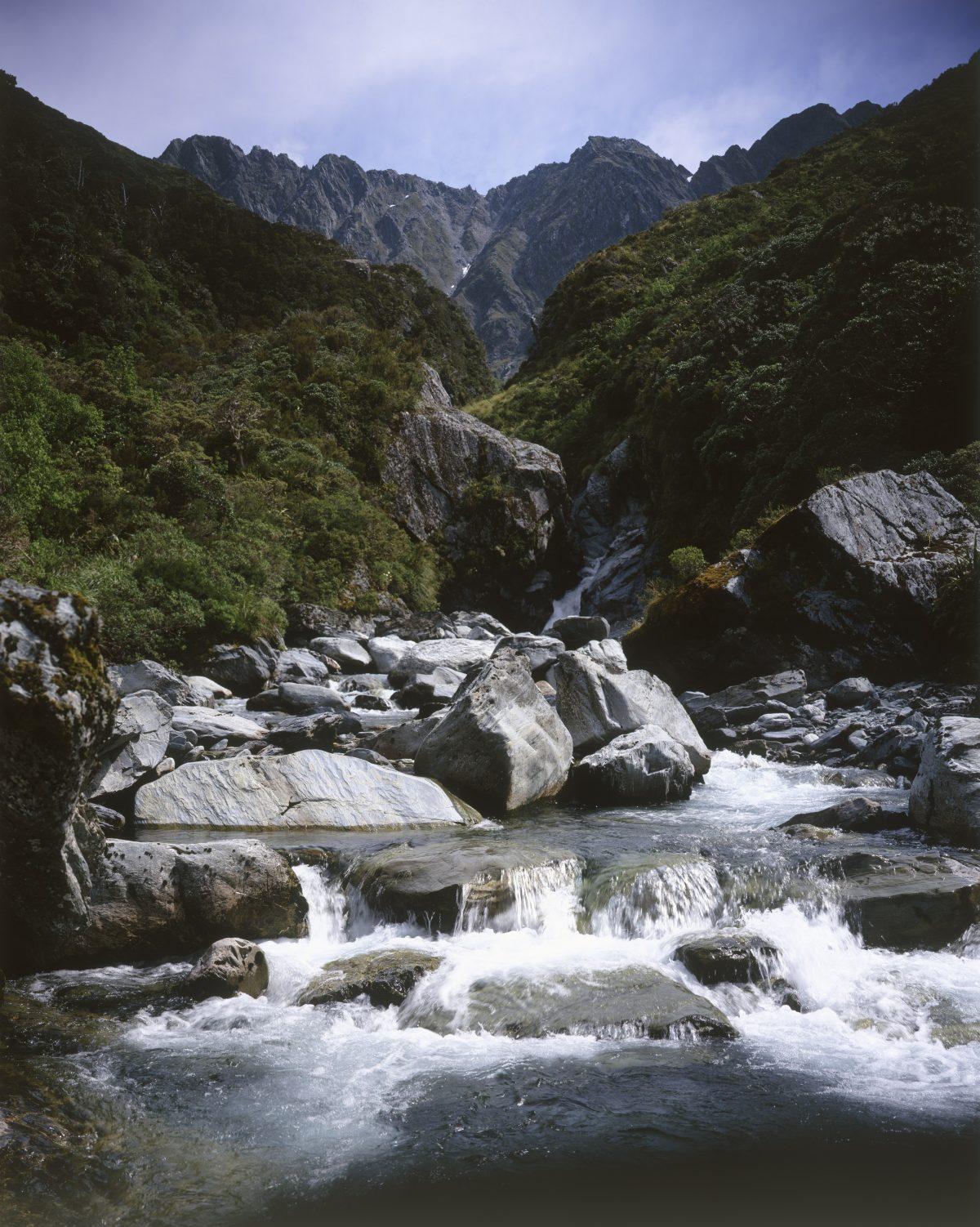Slowly, slowly, years of erosion gently unlock pieces of greenstone into the Te Wai Pounamu: the greenstone waters of New Zealand’s South Island, the only place they’re found. This is how “pounamu,” the greenstone revered by New Zealanders, emerges before it settles in riverbeds, or along the coast after being swept out to sea.

The Arahura River on New Zealand's South Island is one of the greenstone waters where pounamu can be found. Jan Nauta/Museum of New Zealand Te Papa Tongarewa






